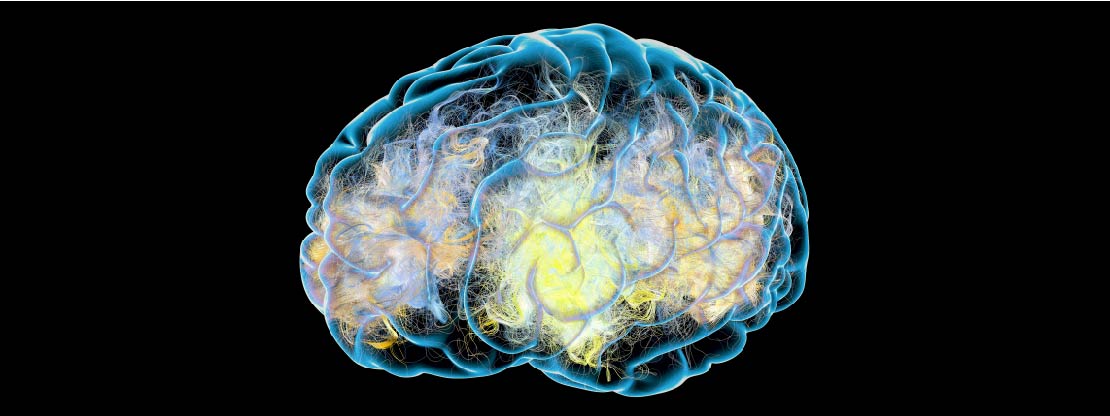How an epigenetic hotspot contributes to schizophrenia and bipolar disorder: A Q&A with Dr. Viviane Labrie
May 2, 2019

More than 100 million people worldwide have either schizophrenia or bipolar disorder, which are characterized by periods of hallucinations, delusions and irregular thought processes. They also are both associated with overproduction of the neurotransmitter dopamine, a key regulator of reward-seeking behavior, emotional responses, learning and movement, among other functions.
Although it is known that dopamine plays an important role in these disorders, it has been unclear exactly how and why dopamine dysregulation occurrs and how it fuels symptoms. But now, in a study published today in Nature Communications, scientists have described a new mechanism that spikes dopamine production while simultaneously scrambling brain synapse organization.

We caught up with senior author and Van Andel Research Institute Assistant Professor Dr. Viviane Labrie to discuss the findings and how they may inform screening and treatment in the future.
Q: Give us the big picture. What did you find? Why is it important?
VL: We identified a new mechanism for dopamine signaling that could explain why some people develop psychotic symptoms in schizophrenia and bipolar disorder. Specifically, we identified an epigenetic hotspot on the genome that potentially could be targeted with new medications.
Q: What is dopamine? Why is it important?
VL: Dopamine is a neurochemical that for a long time has been known to cause psychosis, but the exact events that cause the abnormal dopamine signaling were unknown. We found that, in brain cells of patients with psychosis, there is an excessive activation of an area that controls the key enzyme for the production of dopamine, tyrosine hydroxylase.
The dopamine hypothesis of schizophrenia has been around since the 1970s. All of the early anti-psychotic medications targeted the dopamine receptors, and people experiencing psychotic symptoms are known to have way too much dopamine in the striatum, the area of the brain that houses our motor and reward centers. We knew that psychotic symptoms are very strongly associated with too much dopamine but we didn’t know exactly why. We now have a biological explanation as to why that might be.
Q: Let’s dig into the details. What are the specifics?
VL: In the brain cells of patients with psychosis, we found that an area of the genome was epigenetically more active than normal. Epigenetics refers to marks on top of DNA that control whether genes are turned on or off.
This area is a gene modifier, or enhancer, that controls the dopamine production enzyme tyrosine hydroxylase, but also impacts another gene called IGF2. IGF2 is important for the maintenance of neuronal structure and cognitive functions. Our study suggest that activation of the region could simultaneously cause too much dopamine activity, while limiting the function of this gene that’s important for synaptic structure. This mechanism could explain why individuals that develop psychosis sustain a simultaneous loss in neuronal synaptic structure.
The significance is that this work provides evidence for a new mechanism for dopamine dysregulation in psychotic disorders. Dopamine dysregulation is hypothesized to underlie the waxing and waning of psychotic symptoms in diseases such as schizophrenia and bipolar disorder.
Q: How could this help people with these disorders?
VL: We can see it helping in a couple of ways. First, there are no effective screening methods for these disorders. We think this area could possibly be used as a biomarker to try to catch schizophrenia or bipolar disorder sooner and allow for earlier treatment, which can mitigate some of the damage done to the synapses.
Secondly, this enhancer could be a new target for therapy. Effective medications do exist but they often have challenging side effects such as apathy or dyskinesia, which is a type of uncontrollable movement. This new target provides a new avenue for developing therapies with fewer side effects.
Read the news release here.
May is Mental Health Awareness Month. Learn more at the National Institute of Mental Health’s website.
